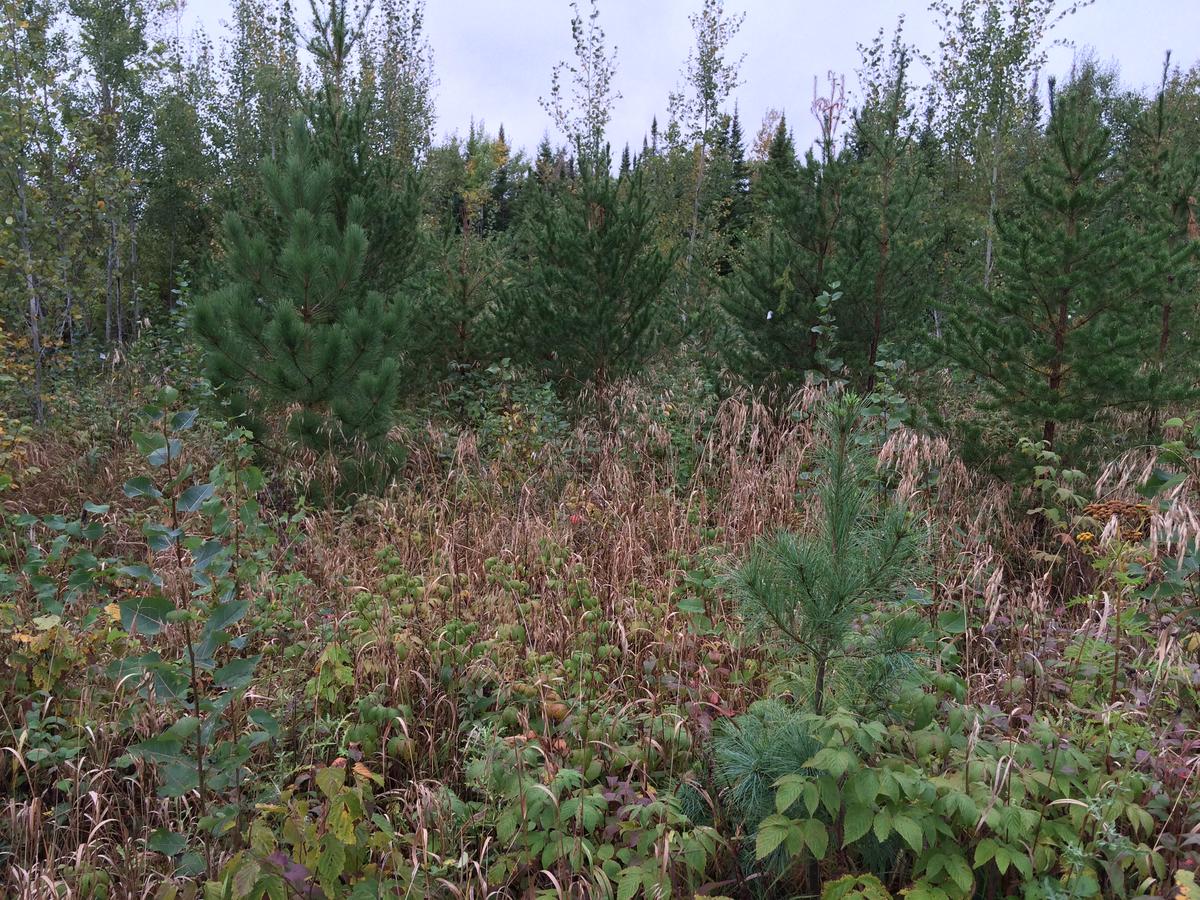Overview
An apparently successful attempt to convert a poorly stocked and poor quality birch-dominated stand to a mix of native pines, relying on aerial seeding to establish the new pine stand. Aspen and birch growth on sites in this region are typically poor, leading to stands with low stocking and very high incidence of white rot or hypoxylon. Stand was harvested using conventional equipment in 2004, rock raked in 2005, and aerial seeded 2007, with supplemental seeding in 2010 (later deemed unnecessary).
Silviculture Objective(s)
To convert a poorly stocked and poor quality birch-dominated stand to a mix of native pines using aerial seeding. The hope was to establish a diverse stand composed of both native pines and a component of birch and aspen.
Pre-treatment stand description and condition
Stand establishment and management history:
Recently clearcut birch-dominated stand.
Pre-treatment forest health issues:
Very high incidence of white rot and hypoxylon in aspen in this area, which was part of the reason for the effort to convert the stand to pine.
Silviculture Prescription
The prescription was to clearcut the existing stand, rock rake to expose mineral soil, aerial seed two years later, and release new regeneration using Glyphosate a few years after that. The prescription also called for manual release of pine seedlings once seedlings were established.
What actually happened during the treatment
The treatment mostly went as planned:
- Rock raked 2005
- Aerial seeded 2007 with 1 ounce jack pine, 4 ounces white pine, and 2 ounces Norway (red) pine per acre
- The site was ground released 2008 (Roundup)
- Aerial seeded 2010 with an additional 4 ounces white pine and 2 ounces white spruce (in hindsight this was not needed)
- The site was budcapped 2013 and 2014.
- The site was hand released 2014.
Post-treatment assessment
The survey from 2013 showed 1050 jack pine, 200 Norway (red) pine, 275 white pine, 150 white spruce, and 250 paper birch per acre.
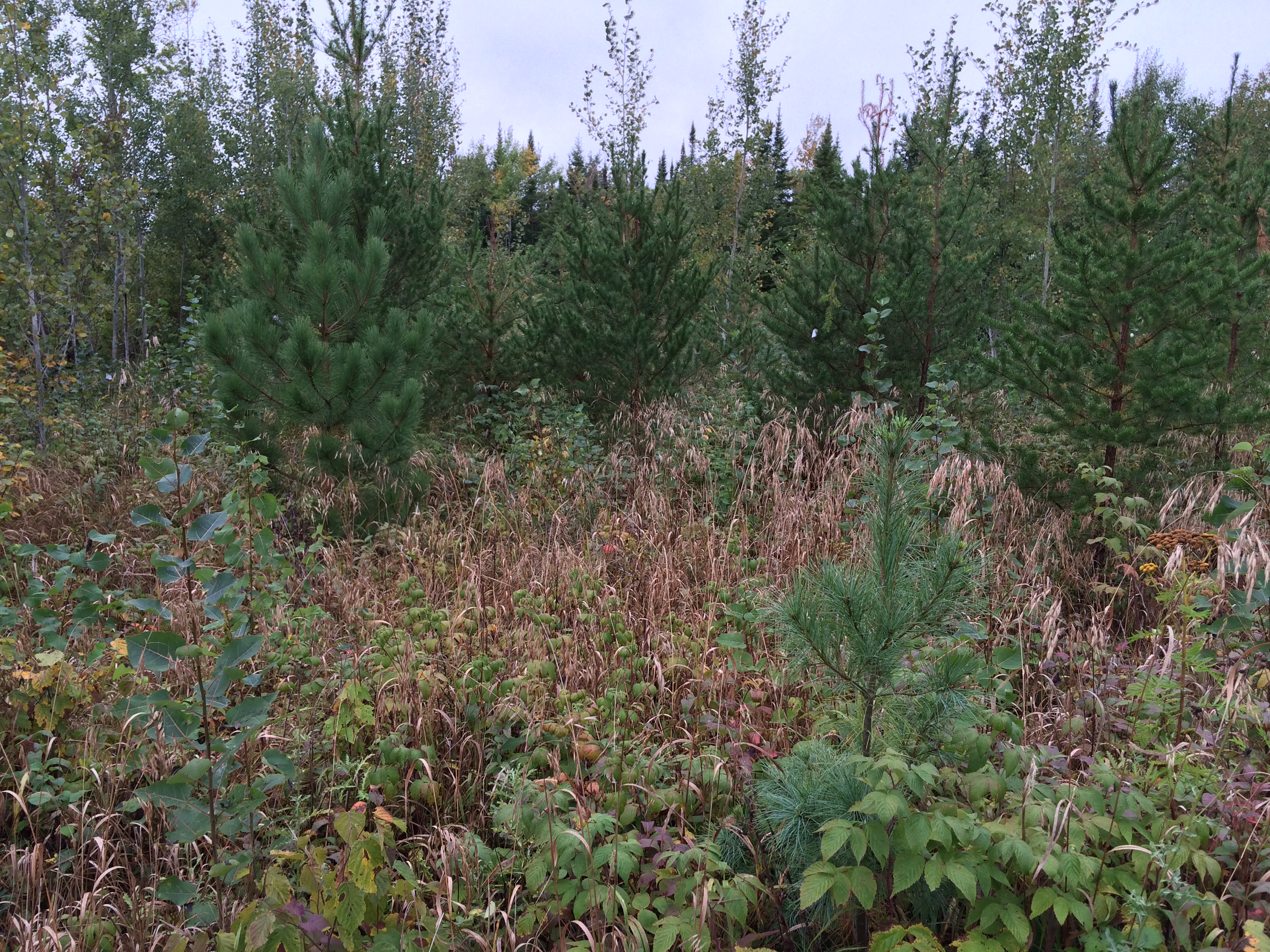
Figure 1: White, red, and jack pine seedlings, September 2015
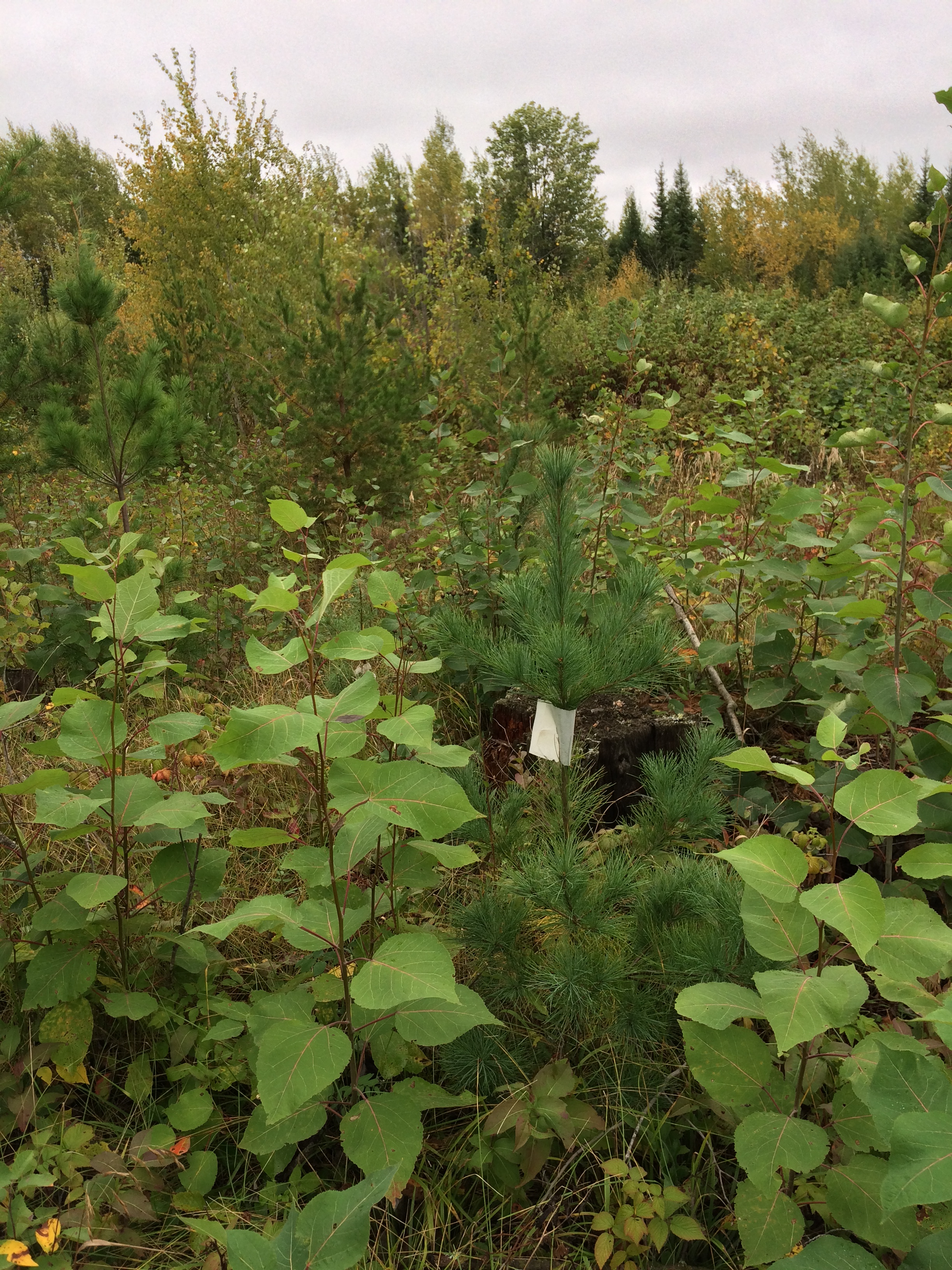
Figure 2: White pine seedling grown through a budcap, September 2015
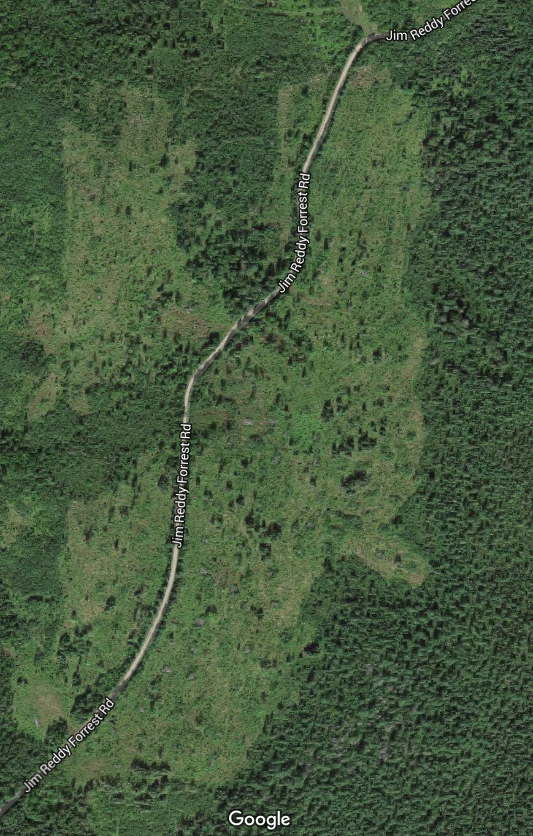
Figure 3: Satellite image (c) Google 2015
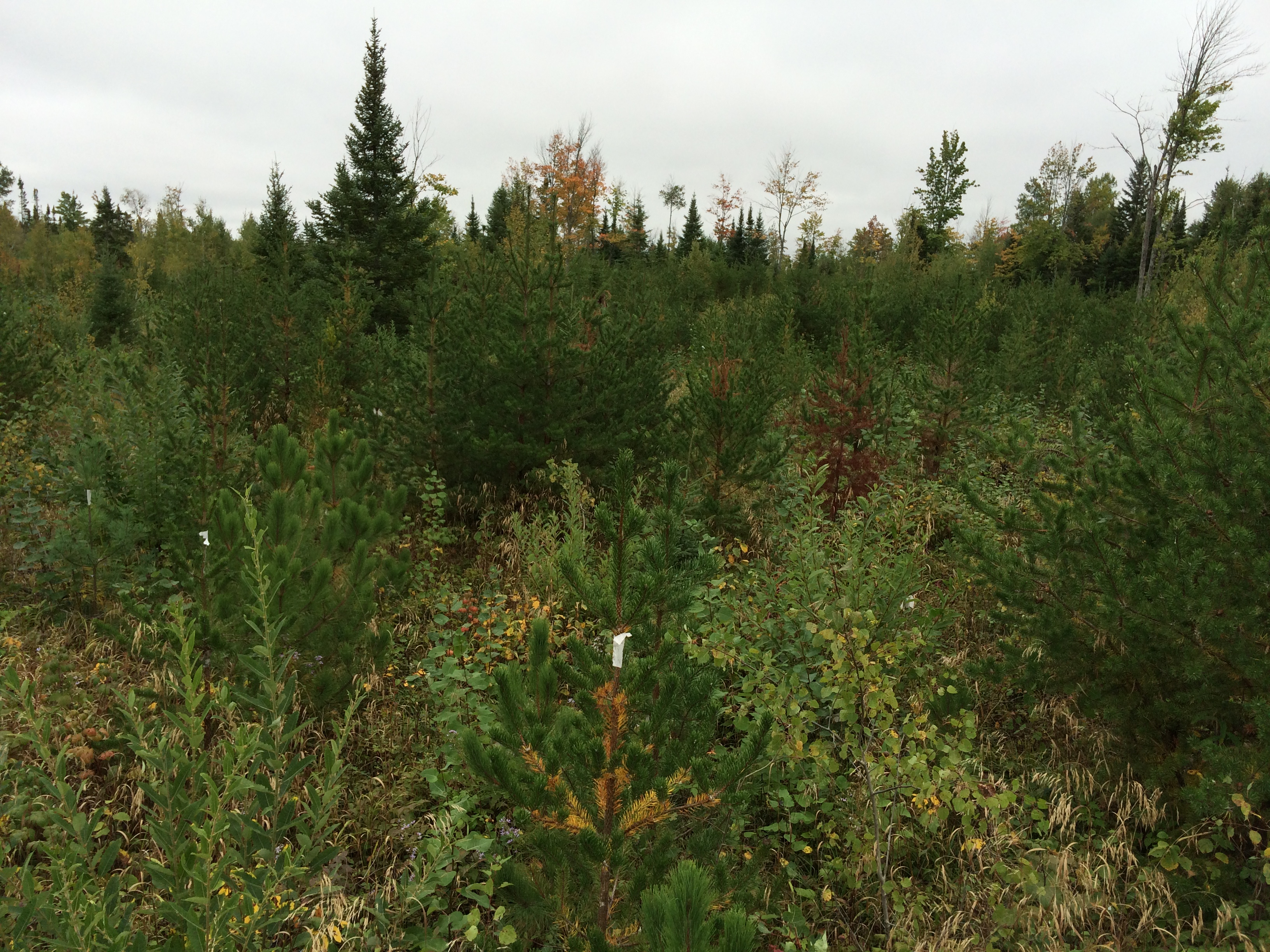
Figure 4: jack pine and other seedlings showing budcaps on pine aerial seeding site, Jim Readdy Rd
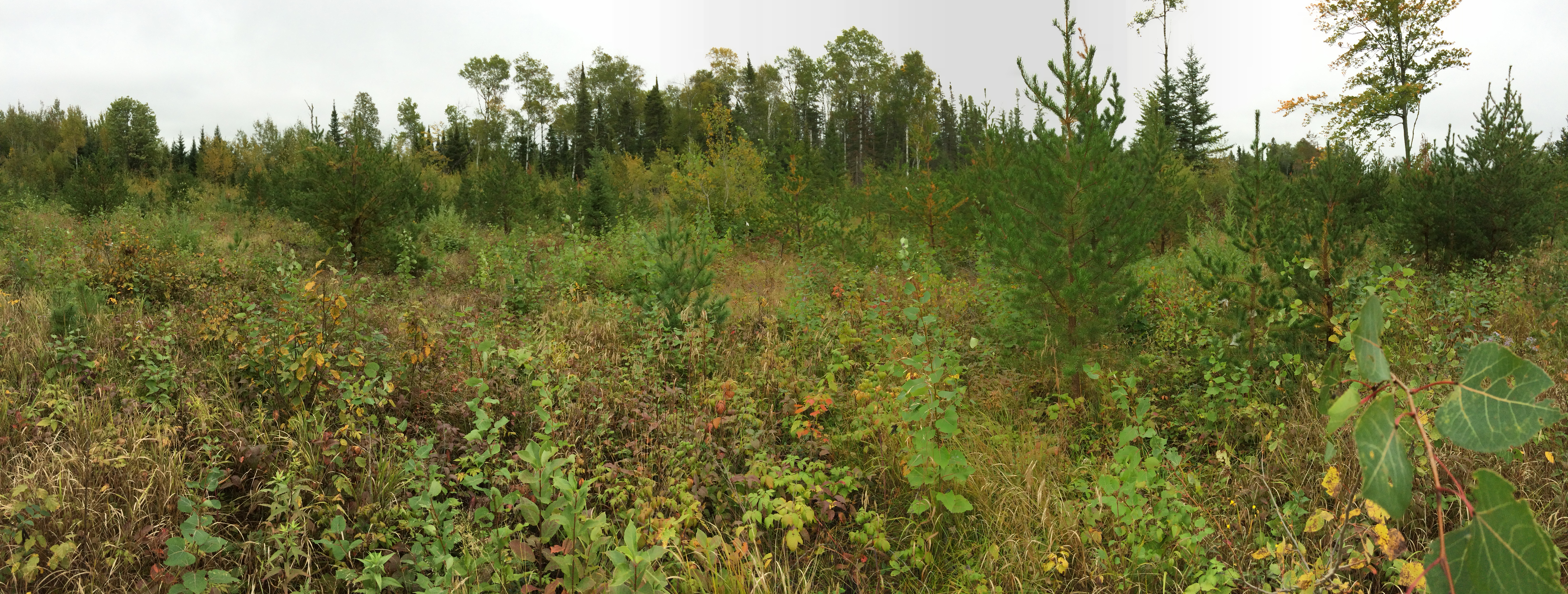
Figure 5: Panoramic view of pine regen from aerial seeding site on Jim Readdy Rd
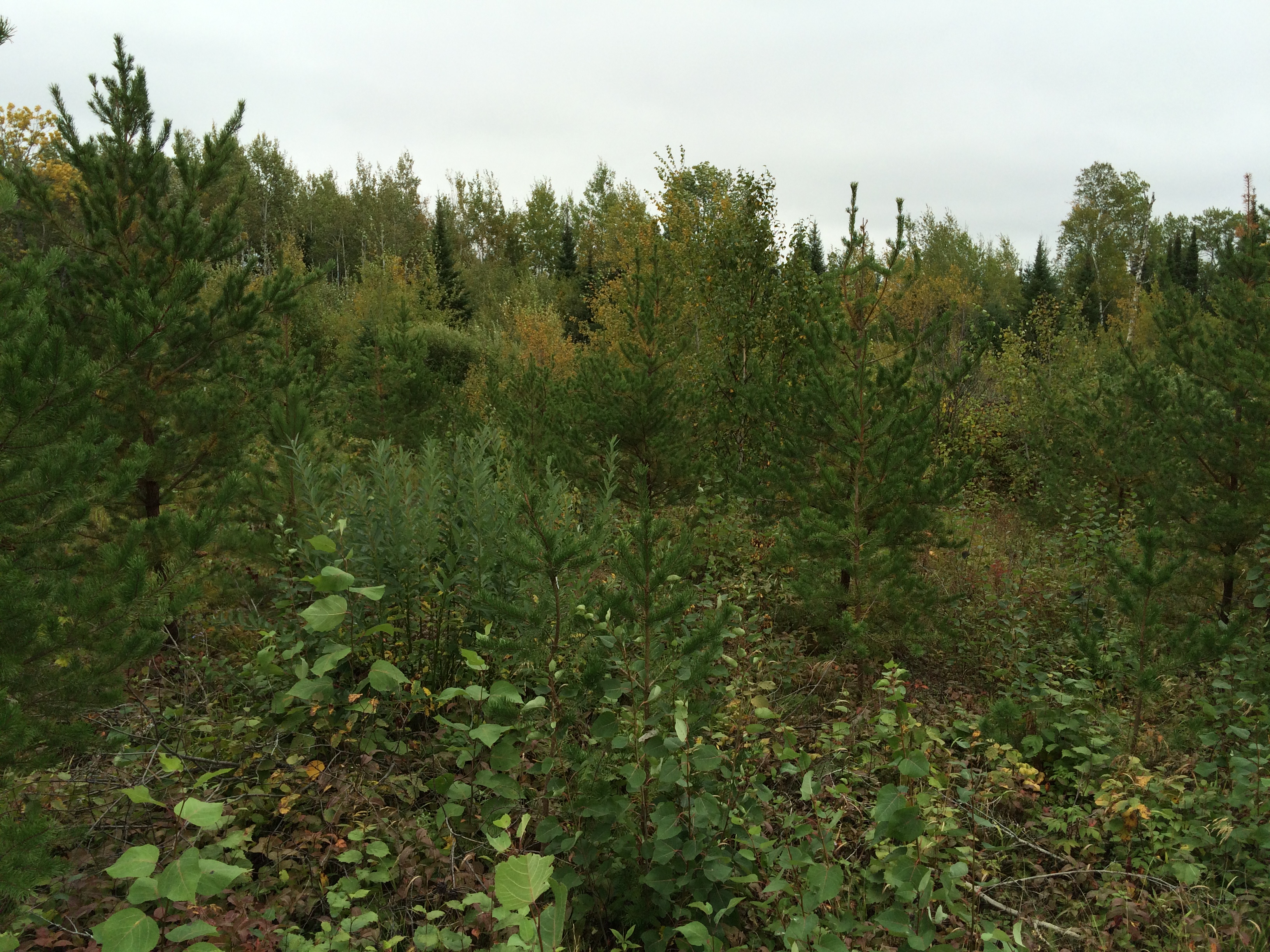
Figure 6: Pine seedlings and saplings in September 2015
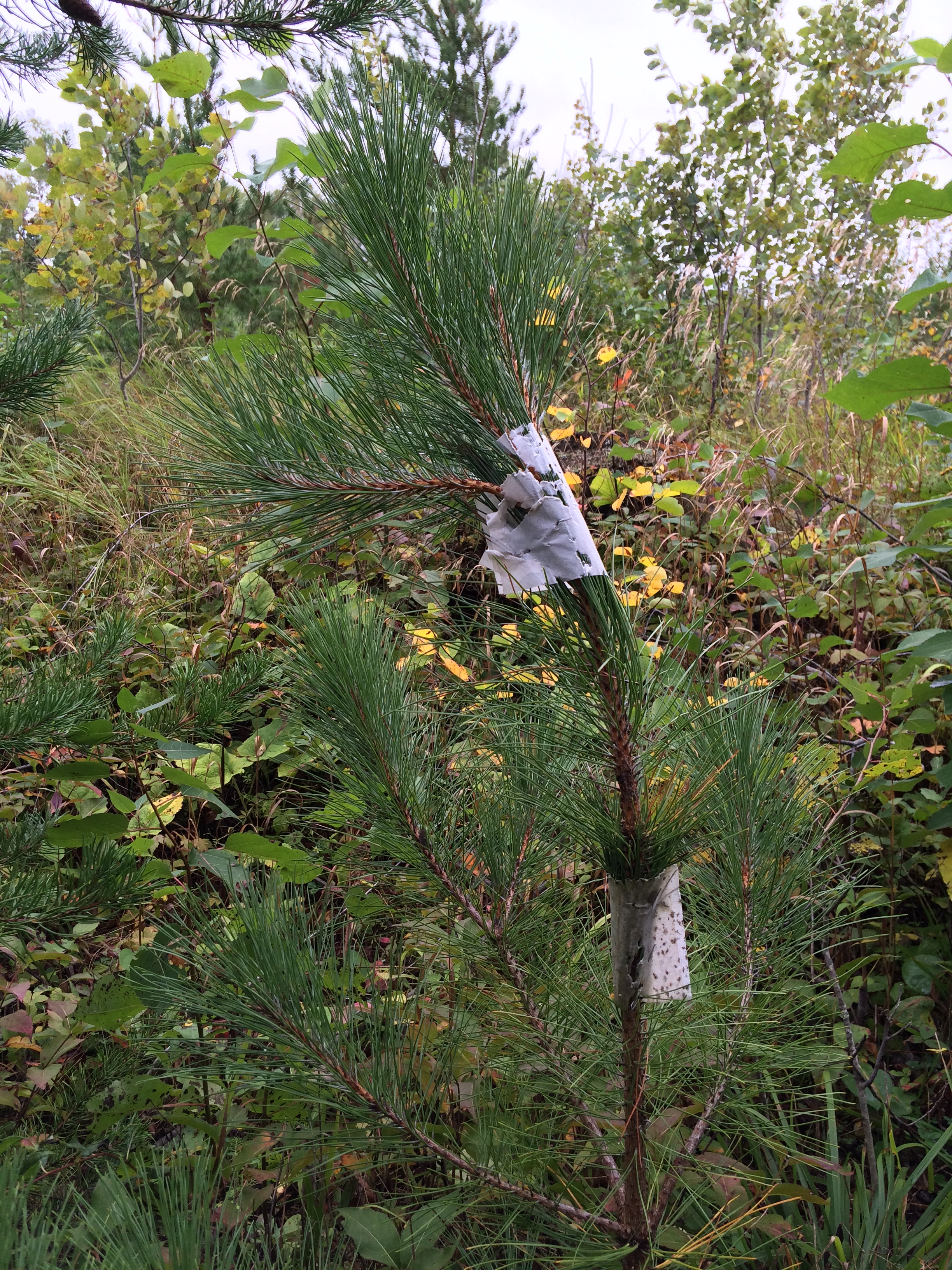
Figure 7: Red pine seedling showing two successive years' budcaps
Summary / lessons learned / additional thoughts
Aerial seeding has been found from this and other area treatments to be a more cost-effective and reliable alternative to planting, provided that the right site preparation and early stand release treatments are implemented.
